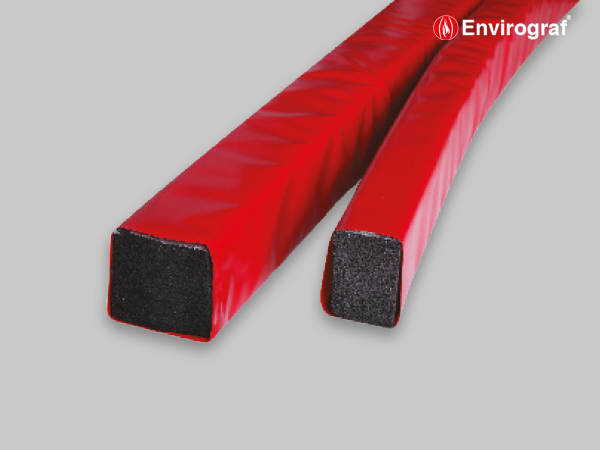
productsoftomorrow
Protect Your SkinUnderstanding Passive Fire Protection: Safeguarding Your Property
Tuesday , 9, April 2024 Business and Management Comments Off on Understanding Passive Fire Protection: Safeguarding Your PropertyWhen it comes to protecting your property from the devastating effects of fire, passive fire protection is a crucial element to consider. Unlike active fire protection systems that require human intervention to operate, passive fire protection features are built into the structure of a building to help prevent the spread of fire and smoke. By understanding the basics of passive fire protection, you can take important steps to safeguard your property and the people within it.
The Basics of Passive Fire Protection
Passive fire protection is all about designing and constructing buildings in a way that limits the spread of fire and smoke, helping to contain the damage and provide occupants with more time to evacuate safely. It involves the use of various fire-resistant materials and structural elements to create compartments within a building, slowing down the progress of fire and smoke to other areas.
Key Components of Passive Fire Protection
- Fire-rated walls and floors
- Fire doors
- Fire dampers in ductwork
- Fire-resistant glass
- Firestopping materials
Benefits of Passive Fire Protection
- Increased safety for occupants
- Reduced property damage
- Compliance with building codes and regulations
- Lower insurance premiums
- Protection of critical assets and sensitive information
Passive vs. Active Fire Protection
While both passive and active fire protection measures are essential for comprehensive fire safety, they serve different purposes and work in different ways. Passive fire protection focuses on containing fire and smoke, whereas active fire protection involves systems that detect and suppress fires once they have started.
Key Differences Between Passive and Active Fire Protection
- Passive protection is always present and doesn't require activation, while active protection systems need to be triggered.
- Passive protection is more cost-effective in the long run as it requires less maintenance and doesn't rely on external power sources.
- Passive protection is more reliable as it is built into the structure of the building, whereas active systems can fail due to power outages or mechanical issues.
- Combining passive and active fire protection measures provides the most comprehensive fire safety solution.
Ensuring Effective Passive Fire Protection
For passive fire protection measures to be effective, proper design, installation, and maintenance are crucial. Building owners and managers need to work closely with architects, engineers, and fire safety professionals to ensure that passive fire protection features are integrated correctly into the building's design and construction.
Key Steps to Ensure Effective Passive Fire Protection
- Conduct a thorough fire risk assessment of the building.
- Choose fire-resistant materials and products that meet the required fire ratings.
- Install fire barriers, fire doors, and other passive fire protection features according to building codes and regulations.
- Regularly inspect and maintain passive fire protection systems to ensure they are functioning properly.
The Role of Passive Fire Protection in Different Building Types
Passive fire protection is essential for all types of buildings, from residential homes to commercial complexes and industrial facilities. Different building types have unique fire safety requirements, and passive fire protection measures need to be tailored to address specific risks and challenges.
Examples of Passive Fire Protection in Different Building Types
- Residential buildings: Fire-rated walls and doors in apartment complexes to prevent the spread of fire between units.
- Office buildings: Fire-resistant glass partitions to create safe escape routes for occupants.
- Industrial facilities: Fireproof coatings on structural steel to protect critical equipment and machinery.
- Hospitals: Smoke containment systems to maintain a safe environment for patients and healthcare staff.
Conclusion
Passive fire protection is a vital aspect of overall fire safety and should not be overlooked when designing, constructing, or maintaining a building. By understanding the principles of passive fire protection and implementing relevant measures, property owners can significantly reduce the risk of fire-related incidents and protect both their assets and occupants.
